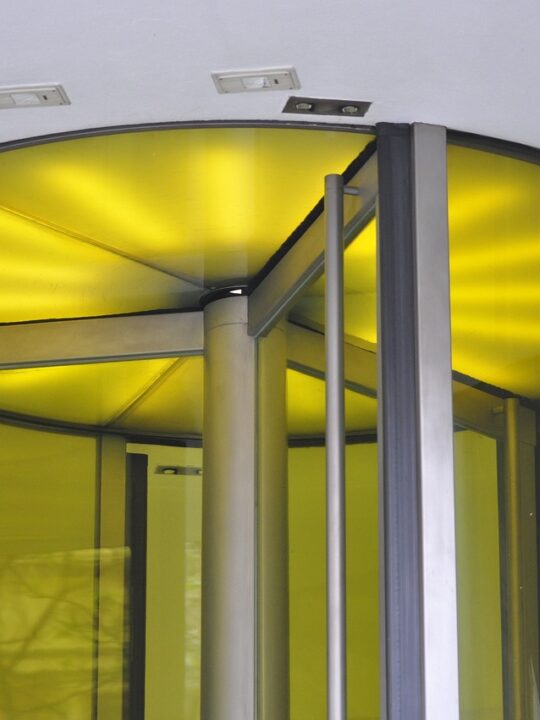Do you need to test the functionality of a product with a realistic physical mockup? Then you must be thinking about prototypes.
A prototype is more than a simple drawing or design on a computer screen. A prototype is a mockup of your finished product. It allows you to test how your product works and assess how it feels and performs.
While creating a prototype usually requires you to use 3D printing, at times, it can be advantageous to also use rubber prototypes. Read on to learn everything you need to know about designing rubber prototypes.
Table of Contents
1. Choose the Right Rubber Material
When designing a prototype, it is important to first determine the type of rubber material suitable for the application. There are many types of rubber available, including natural, synthetic, and custom-formulated rubber materials for special projects. Consider the performance requirements and environmental factors required for the prototype to ensure that the correct material is chosen.
Make sure to consider any dynamic loading, chemical resistance, and high temperatures that the rubber may be exposed to. Casting rubbers during the molding process are set at extreme temperature, hence, requires a durable material. Consult a materials expert to ensure the right rubber material is chosen.
Additionally, be sure to research the rubber suppliers and the tools needed to fabricate prototypes. Considering these considerations will help ensure that the right rubber material is chosen when designing prototypes.
2. Focus on Design for Manufacturing
One of the most important tips to help design rubber prototypes is to focus on design for manufacturing. This helps to reduce costs when producing a prototype and leads to greater overall satisfaction when the final product runs through the production line. Some considerations to focus on are part sizes and shapes, material selection, and ensuring a balance between materials and features of the prototype.
3. Optimize the Prototype’s Structural Integrity
In order to optimize structural integrity, areas that require extra strength need to be ensured to be perfectly distributed within the design. Make sure to use reinforcements when necessary. In particular, adding integrated metal reinforcements to complex walls can make these parts much sturdier.
4. Test and Validate the Prototype
Once the design is finalized, begin with physical and dynamic testing. This ensures the rubber prototype meets quality standards, such as the environmental conditions, weight, and stress it is expected to endure. Ensure to view the results of the testing and create a detailed report.
If necessary, modify the design to meet the desired specs and re-test the prototype. Finally, review the results once more and congratulate yourself on successful rubber designs and testing.
5. Collaborate with Experienced Rubber Manufacturers
By collaborating with manufacturers, you can have access to their expertise and guidance to help you design and make the prototype. Manufacturers can offer suggestions or advice on what type of rubber would best suit your needs. They can also help to provide information on the types of curing and molding techniques that are suitable for the prototype.
Additionally, they can help provide insight into the costs associated with certain methods and materials that you might use to construct your prototype.
Designing Rubber Prototypes
Overall, designing rubber prototypes is necessary for inventors to ensure their invention is successful. By following these tips, inventors can design better-quality prototypes quickly and efficiently. With the right materials and design strategy, designing rubber prototypes becomes a smooth and enjoyable experience.
For more insights into improving manufacturing and prototyping in your own process, be sure to check out the rest of our articles.







